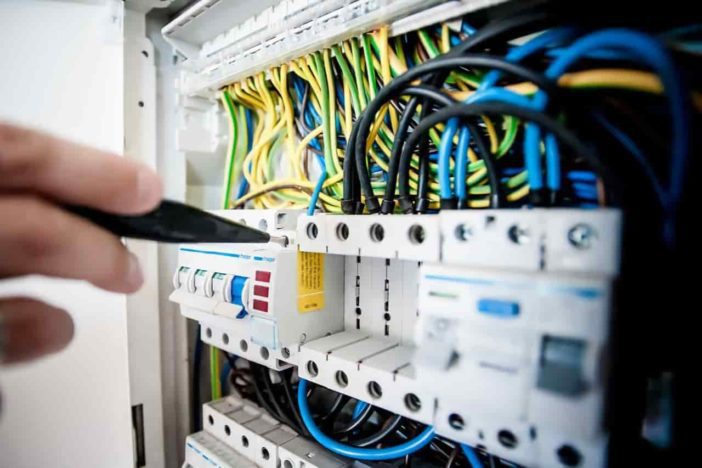The automotive, electronics, and medical industries are three areas that have benefited greatly from the use of automated robots.
These robots have helped with assembly line work putting together audio devices, transporting supplies and medications, and increasing productivity in automotive warehouses. These robots, along with machine tools, cranes, forklifts, and lab equipment, have cable and hoses that need to stay protected in order for the machines to operate safely and efficiently.
There was a time when there wasn’t an option to protect these sensitive parts, but today there are a few options to choose from.
Which Style Carrier is the Best Choice?
Cable carriers, cable chains, or drag chains all refer to the same piece of equipment that has been designed to safely protect the cables, hoses, wires, and lines that are part of automated equipment and machinery. These carriers are flexible devices that are connected by links (similar to a chain) that act as housing for all of the sensitive equipment. The two main types of carriers are metal and plastic.
There are a few factors that go into determining which material is going to be best suited for each piece of equipment. The first factor is the temperature at which the equipment is going to operate. The higher temperature pieces should be paired with a steel cable carrier because the plastic carriers have lower maximum temperature levels.
A second factor is speed. The higher the speed of the equipment, the more likely it is that a plastic cable carrier will be the best choice. The third factor is the link style for the carrier itself. There are some carriers designed to be open so they can be easily accessed, and others that have more of a tube-style to protect against sparks and debris that might be in the area.
The Bend Radius
Cables and hoses within a piece of equipment have a maximum bend radius that, if exceeded, can cause damage to the cable. One feature of cable carriers that is critical to consider is the bend radius within the carrier itself. Each carrier has a stopping point for the radius and when the links within the carrier are connected, the stopping points will prevent the cables or hoses from going over their maximum bend radius. This feature alone can keep cables in good working condition for a much longer period of time than if the cable carrier system wasn’t in place.
Maximize the Cable Carriers
There are a number of accessories that can enhance the performance of the cable carrier systems. An interior separator or shelf can be installed within the carrier to prevent the tangling and corkscrewing of wires or cables. Guides and rollers can be put into the carrier system for long travel applications to make installation easier and more efficient. Another useful accessory is strain relief clamps. These are typically put in at either end of the cable carrier to reduce the strain put on the cables or hoses where they connect to the equipment.
The use of cable carrier systems started in the 1950s to protect cables and hoses from unnecessary wear and damage. Over the years, more companies have entered into this space and there are now several options in cable carrier systems to choose from. The most important aspect of these systems is that they will help to reduce maintenance on equipment, which lowers the overall maintenance costs. The equipment is going to operate more efficiently, and that is good for everyone involved.



